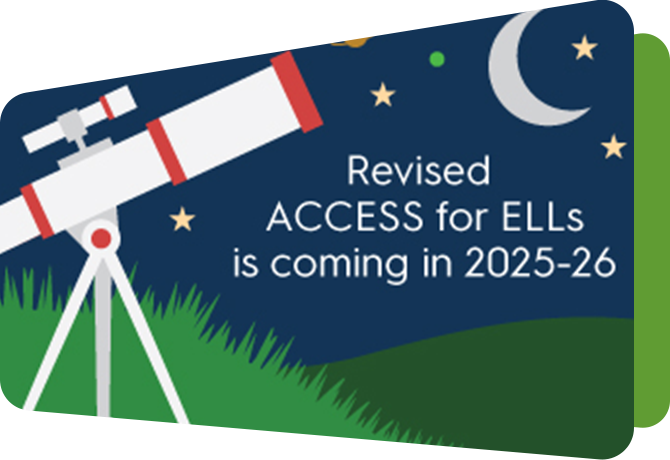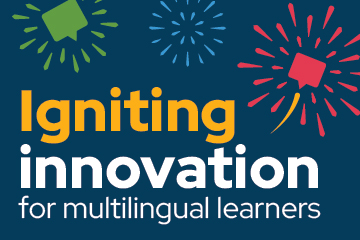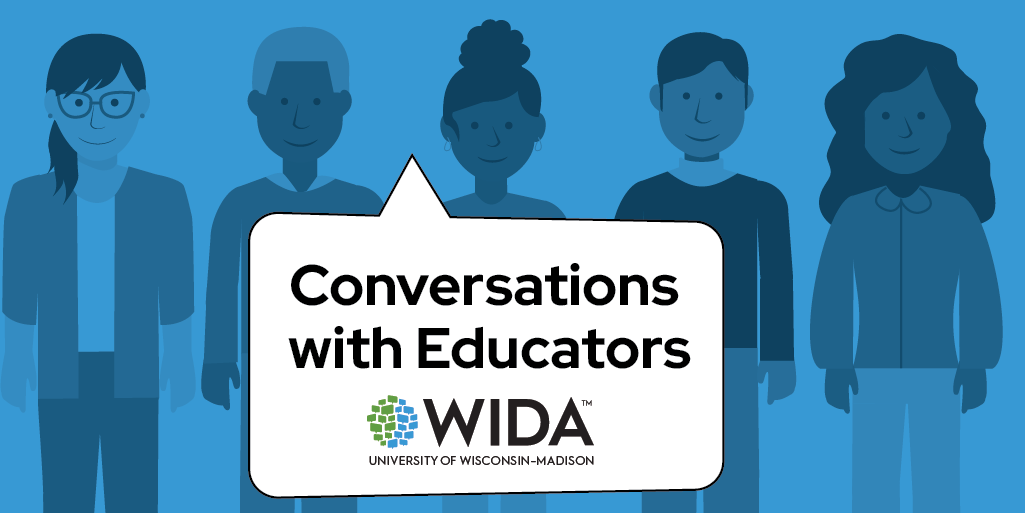Resources/Recursos
Featured Resources



All resources/Todos los recursos
Filter resources by:
Resources/Recursos
Response to Instruction and Intervention for English Language Learners
Developing a Culturally and Linguistically Responsive Approach to Response to Instruction and Intervention (RtI²) for English Language Learners: Connecting to WIDA Standards, Assessments, and Other Resources
Response to Intervention or Responsiveness to Instruction (RtI) is one example of a multi-tiered system of support that helps educators identify the needs of all students as they develop more culturally and linguistically responsive educational systems. This guide includes tools and resources to help states, districts and schools address some of the unique needs of ELLs within a culturally and linguistically responsive RtI² system.
Resource Details View Download NowReleased March 2014
Implementation of the English Language Proficiency Standards Across the WIDA Consortium
This paper finds that many educators see the WIDA English language proficiency standards as a tool that can guide them in differentiating instruction and supporting language development among English language learners.
Resource DetailsReleased November 2013
English Language Arts
The purpose of this WIDA Focus Bulletin is to provide guidance to teachers of English language arts (ELA) who are implementing the Common Core State Standards (CCSS) and working to respond to the specific needs of ELLs. In their treatment of academic language (or the language of school), the CCSS represent a departure from existing content standards.
Published November 2013
Authors: Daniella Molle, Mariana Castro, Julia Cortada, Leslie Grimm
Released November 2013
Tool to Evaluate Language Complexity of Test Items
This paper focuses on the creation of an instructional hyper textbook that serves as a personal environment for learning a less-commonly-taught language, Turkish in this case. It shows how digital personal environments can advance self-regulated language learning in tandem with more formal learning strategies.
Resource DetailsReleased July 2013
District Readiness to Implement Standards-Based Reform for English Language Learners a Decade After No Child Left Behind Act
This 16-state survey of school districts with fewer than 500 English language learners revealed that few district-level English language learner staff had formal preparation in educating English language learner or using English language proficiency standards. A wide school-level disparity existed between English as a second language or bilingual teachers and general education teachers in terms of their engagement with proficiency standards and assessment data.
Resource DetailsReleased April 2012
English Language Proficiency Standards Grade 6 Through Grade 12, 2007 Edition
The 2007 ELP Standards for grades 6-12 reflected the social and academic dimensions of acquiring a second language that were expected of ELLs in grades 6-12 attending schools in the United States. Each ELP standard addressed a specific context for English language development.
Resource Details View Download NowReleased July 2009
English Language Proficiency Standards PreKindergarten Through Grade 5, 2007 Edition
The 2007 ELP Standards for grades PreK-5 reflected the social and academic dimensions of acquiring a second language that were expected of ELLs in grades PreK-5 attending schools in the United States. Each ELP standard addressed a specific context for English language development.
Resource Details View Download NowReleased July 2009




